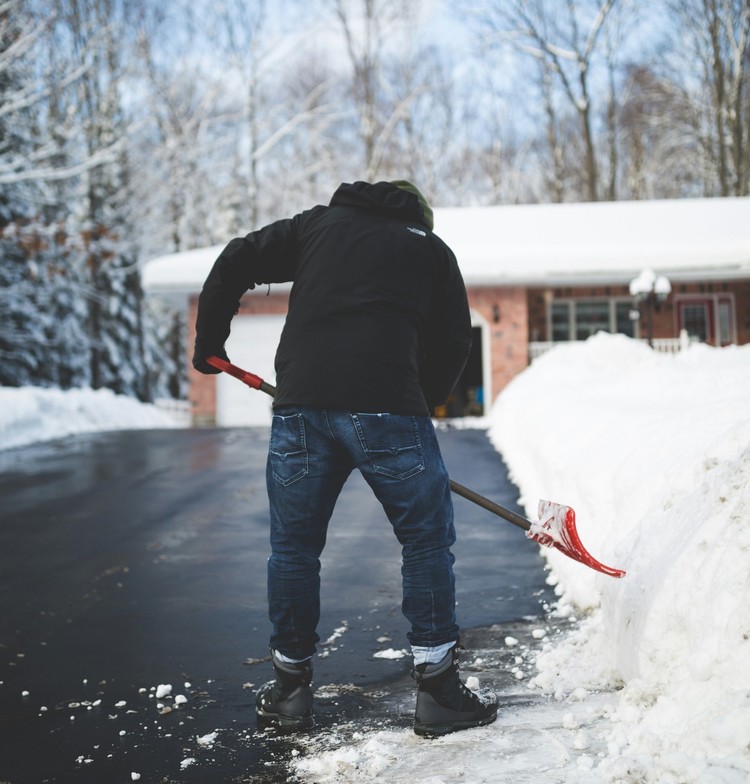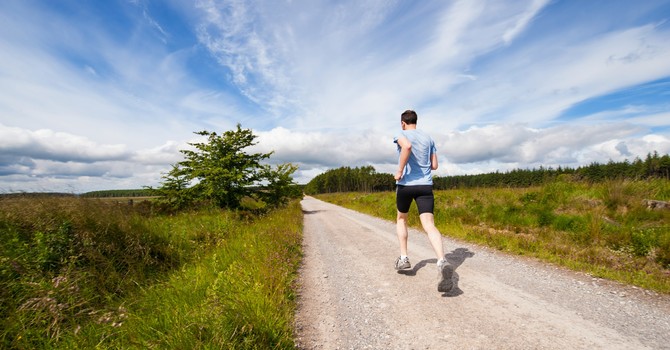
With winter approaching, now is the perfect time to visit preventive strategies for snow shoveling safety. Let’s explore the biomechanics of snow shoveling and go over strengthening exercises to help prepare us for the demands of winter, reducing the risk of back injuries before they occur.
Shoveling Biomechanics
The typical recommendation for lifting biomechanics is to lift with your knees and hips, not your spine. While this is the common recommendation, there is less research to support this than most would think.
A recent systematic review examining spinal flexion as a risk factor for low back pain found no association between increased spinal flexion and low back pain. (1) This is similar to another review from 1999, which found no evidence to support a stoop-style lift compared to a squat-style lift. (2) So, the conventional lifting advice doesn’t appear to be as effective in preventing low back pain as previously thought. Instead, because of different anatomical variations and length-tension relationships, the research recommends lifting in a position that someone is comfortable and confident in. (3)
This isn’t to say that lifting biomechanics doesn’t matter. Lifting biomechanics can shift which tissues are loaded and the mechanical efficiency of the lift. However, when it comes to injuries, lifting biomechanics might not have as large of an impact as previously thought. After all, if you exceed the tissue tolerance, even lifting with optimal biomechanics will lead to an injury.
Preparing for Snow Shoveling
Therefore, to avoid injury and pain while snow shoveling, our goal should be to prepare the lower back for the loads and movements. This approach is similar to that used in sports, where we strength train in the off-season to avoid sudden spikes in loading and increase tissue tolerance. (4) Ideally, this should occur over a 4-6 week period to build up strength and increase the chronic workload.
Exercises that simulate shoveling movements and loads includes:
Bent Over Row – targets the upper back and core to stabilize and strengthen muscles used during snow shoveling.
Lunge – reinforces lower body stability and strength, critical for balance while lifting and moving snow.
Deadlift – builds lower back and leg strength, training the body to handle similar loads.
Conclusion
Load management can help reduce injury risks. Shoveling smaller amounts, taking breaks, and listening to your body helps to minimize peak loads and fatigue. This guidance, combined with strengthening exercises, can help build resilience for a safer, less painful winter season.
Check out the infographic on optimal snow shoveling techniques!
References
- Saraceni N, Kent P, Ng L, Campbell A, Straker L, O'Sullivan P. To Flex or Not to Flex? Is There a Relationship Between Lumbar Spine Flexion During Lifting and Low Back Pain? A Systematic Review With Meta-analysis. Journal of Orthopaedic & Sports Physical Therapy. 2020 Dec;50(12):636-650.
- Van Dieën JH, Hoozemans MJM, Toussaint HM. Stoop or squat: a review of biomechanical studies on lifting technique. Clinical Biomechanics. 1999 Apr;14(10):685-696.
- Swinton PA, Lloyd R, Keogh JW, Agouris I, Stewart AD. The Lumbar and Sacrum Movement Pattern During the Back Squat Exercise. Journal of Strength and Conditioning Research. 2012 Feb;26(3):797-805.
- Gabbett TJ. The training—injury prevention paradox: should athletes be training smarter and harder? British Journal of Sports Medicine. 2016 Mar;50(5):273-280.
- Braccio, Michael. 3 Essential Chiropractic Exercises for Snow Shoveling Safety. ChiroUp website and blog. October 30, 2024





